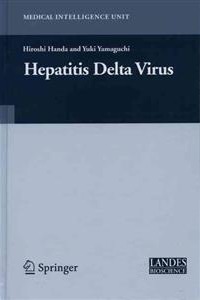
Liknande böcker
Industrial Microbiology : Microbes in Action
Bok av Neelam Garg
This is a collection of twenty different articles from across the globe divided into four basic themes of microbial fertilisers, microbial metabolites, microbes in health and microbial fuels. The first chapter discusses removal of undesirable compounds from soil by a process called rhizoremediation. Sustainability of the ecosystem is greatly needed, which is pertinently covered in the first sub-theme of this volume. The second sub-theme of this collection focuses on diverse types of microbial metabolites with chapters on biosurfactants, carotenoids, organic acids, antibiotics and biosensors, each of which is important and significant in its own way. The third sub-theme of the book is enriched by a discussion on microbes in health with four chapters, each explaining probiotics, direct fed microbials (DFMs), the role of microbes in the production of vaccines, and survival mechanisms of human pathogenic fungi. The chapter on probiotics elucidates the role of microbiota in development of the immune system and their influence on the development of atopic conditions. Finally, the importance of probiotics as a simple but powerful tool that may influence human health by modulating the microbiota is introduced. In the review on DFMs, dissemination and efficacy of Bacillus direct-fed microbial candidates in the gastrointestinal tract of broiler chickens and their effect on health and performance parameters in different poultry diets is discussed as well. Next in this book, vaccines are analyzed, which have reduced the harmful impact of pathogenic microbes on human life. A discussion about long-chain polyunsaturated fatty acids (LC-PUFAs), such as the omega-3 fatty acids eicosapentaenoic acid (EPA) and docosahexaenoic acid (DHA) that provide significant health benefits is introduced. LC-PUFAs can be recovered from many marine organisms, transgenic plants, fungi and many microorganisms, but the largest amount is currently extracted from fish. Finally, biological fuels like biodiesel and bioethanol, which can be generated by efficient utilization of the biotransforming ability of various microorganisms such as microalgae, cyanobacteria and yeasts, are covered in the fourth sub-theme of this volume with six engrossing chapters. One of the chapters discusses the use of waste water for growth of microalgae. Integration of waste water treatment with microalgae performs nutrient incorporation to algal biomass, and waste water remediation as additional benefit are also presented. Thus, the dual-process system provides the potential for energy and effective waste water treatment at lower costs compared to chemical treatment methods.







